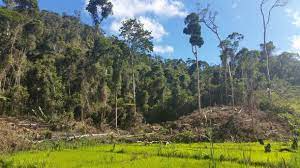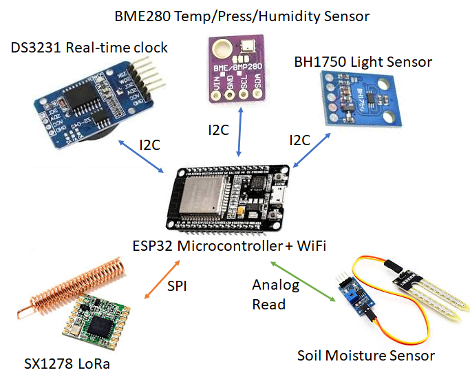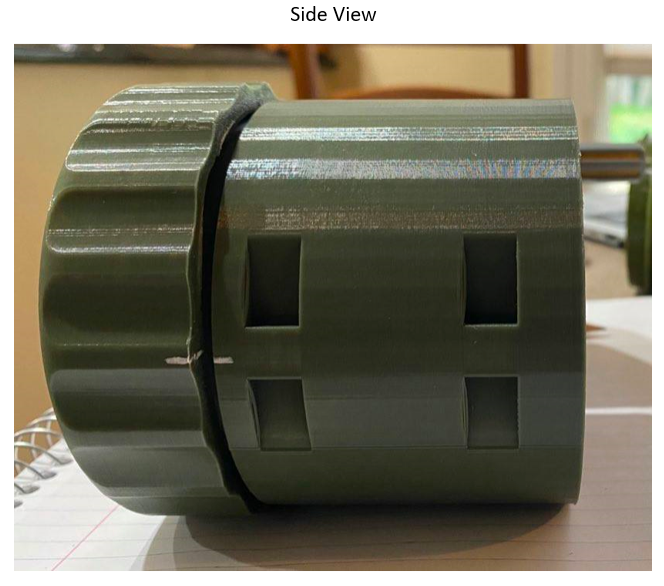MESH Environmental Wireless Sensor Network
Status: Inactive
Dates: 2019-09-01 to 2022-04-01
In 2019, while taking a course in Wireless Sensor Networks (WSNs) at UMD, I was discussing limitations in conducting ecological field research with David Klinges, who had just begun his PhD studies in that field. He described what sounded to me like a very antiquated process of collecting environmental data from the field, whereby researchers have to wire in to each individual sensor, which are often located deep in the rainforest and up in the trees, to collect any data off of them. This proves a hassle not only because it means the researchers need to return to their remote sites to collect data, but also because the researchers have no indication during the study as to the quality of the data or even whether the sensor is still on.

Habitat fragmentation in Madagascar, the focus of David Klinges’ research. Image from https://www.razafindratsima.org
This seemed like a perfect application of WSNs, and indeed many academic labs had developed and deployed environmental WSNs in the early 2000’s. While this research provided a great starting point for designing my own network, I also decided to cater the additional long-term requirements of low cost and minimal required technical knowledge to operate. As far as I can tell, none of the academic solutions turned into commercially viable products for the lower-cost end of the market.
Starting with an open-source sensor developed by James Mickley that already included a WiFi chip, I designed and implemented a network in Lua using the NodeMCU framework. I iteratively modified the hardware, upgrading the microcontroller to the ESP32, which has more RAM, and adding a LoRa chip to extend the communication range. Natalie Greenlee and Robert Halvorsen designed a ruggedized case for the node, and I continued developing the software to robustly aggregate data and upload it to the internet via a WiFi access point.
 Hardware used in the final version of the initial prototype
Hardware used in the final version of the initial prototype
After developing an initial prototype, I deemed it was necessary to create a second iteration of the node to address fundamental limitations of component reliability and access to software libraries by completely revamping the hardware. For their final ENGS89/90 project, a team of Dartmouth engineering students, composed of Ted Northup, Max Lindemann, Ricardo Serrano-Smith, and Luc Kharey, conducted this initial redesign and simultaneously improved the case and sensor. They programmed the node in Arduino and focused on point-to-point communication, with the condition that afterwards I would be able to program it in C to more effectively design the entire network based on a simplified TCP/IP model.
 Case designed by the Dartmouth engineering team
Case designed by the Dartmouth engineering team
Unfortunately, other work and school commitments as well as travel restrictions prevented the deployment of these sensors. The challenges I faced in building a robust and user-friendly environmental monitoring sensor network motivates my PhD research, and I hope to one day circle back to this project and leverage my experience create something that we deploy.
